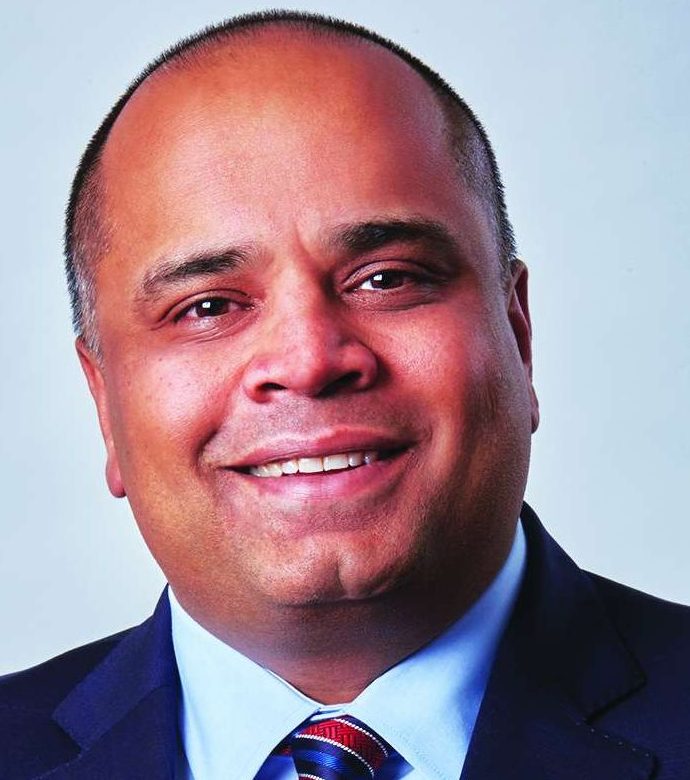Samir Mehta, President, Mechanical Systems, Collins Aerospace shares a host of valuable insights into the opportunities inherent in the growth story of India’s aerospace industry
Collins Aerospace, a unit of United Technologies Corp., is a leader in technologically advanced and intelligent solutions for the global aerospace and defense industry. Collins Aerospace established its presence in India in 1997 with the opening of an MRO facility for evacuation slides in Bengaluru. Today, Collins Aerospace India provides services such as installing, supervising, modifying, repairing, selling, distributing, researching, servicing and supporting information management, communications and electronics for military and commercial aviation customers.
Samir Mehta, President, Mechanical Systems, Collins Aerospace shared his views on the evolution and the future roadmap of India’s aerospace industry and the role of his company in enabling these objectives. Edited excerpts.
India’s still-evolving aerospace industry: Challenge or opportunity
I think it represents an opportunity in many ways. First and foremost, it presents an opportunity to the industry to position itself as a high-quality, cost-competitive source for manufactured parts. Even before the Prime Minister articulated his vision for “Make in India” – we were doing just that. We continue to make significant investments in our manufacturing capability and that of our Indian-based suppliers to increasingly utilize India as a source for aerospace parts.
Secondly, the industry has the opportunity to establish itself as a source for highly skilled engineering talent. This is another area where we made investments early. Now we are seeing the benefits of that investment – especially given the rapid pace of development of technology in our industry. Third, we see India as a vibrant ecosystem for our products and services. Despite all of the explosive growth in India’s demand for air travel – the fact remains that less than five percent of the Indian population has been on an airplane. We see that as a huge continuing growth opportunity.
What’s exciting about the opportunities inherent in India’s aerospace industry is the chance to create a win-win proposition – where we manufacture and design in India that supports India’s exports objective, and also serve the Indian industry thus boosting the demand for aircrafts and services. There are very few countries that offer such an opportunity.
Leveraging inherent strengths for growth
I believe the number one strategy for the industry should be for it to nurture the best and brightest of its people to help design and manufacture aerospace products. Collins Aerospace has 4,800 workers in India at its sites in Bengaluru, Hyderabad, and New Delhi, including more than 2,000 engineers. We want to continue to recruit the top Indian talent for manufacturing and engineering. It is important for India to continue to invest in the development of its educational system – with a focus on technical, vocational, and management training infrastructure.
Positive developments
For Collins, it’s not about being in India because we’re required to be or purely for low cost. We’ve benefited from the low cost the country offers, but now we’re tapping into the country’s innovative and creative spirit. We want to move beyond basic engineering and final assembly to more complex operations and we know that working together with our Indian partners, we can.
In recent years, the Indian population has experienced a tectonic shift in their quality of life and the technologies that have enabled the shift. Now we’re in a position to work with India to bring about a similar revolution in aerospace and defence.
Top challenges
In recent years, we’ve seen technical advancement within our Indian supply base, with more efforts around engineering resources and development. Our Indian suppliers are growing and have been independently investing into expanding manufacturing opportunities themselves.
At the same time, there remains a lack of capability in certain areas that could otherwise help India become a bigger player in the aerospace industry. For example, special processing in India associated with some of our more complex components remains difficult to find. We also look forward to India developing a more modern, advanced forging industry which focuses on specialty metals used in many of the most critical aerospace parts. We believe that if the Indian industry in partnership with companies such as ours is able to fill those gaps, India will reach its potential in not only becoming a bigger player in aerospace, but more importantly in creating a truly complete aerospace ecosystem.
Samir Mehta, President, Mechanical Systems Collins Aerospace
www.collinsaerospace.com


